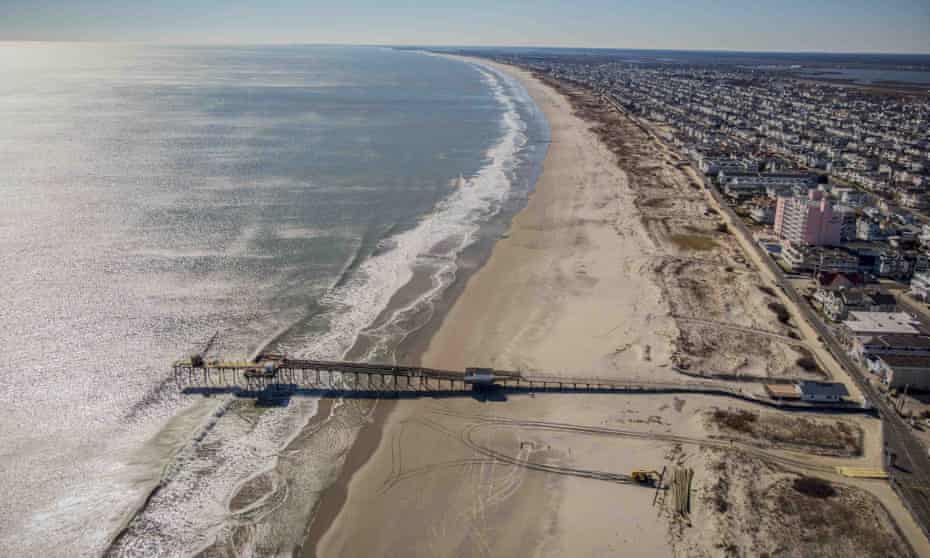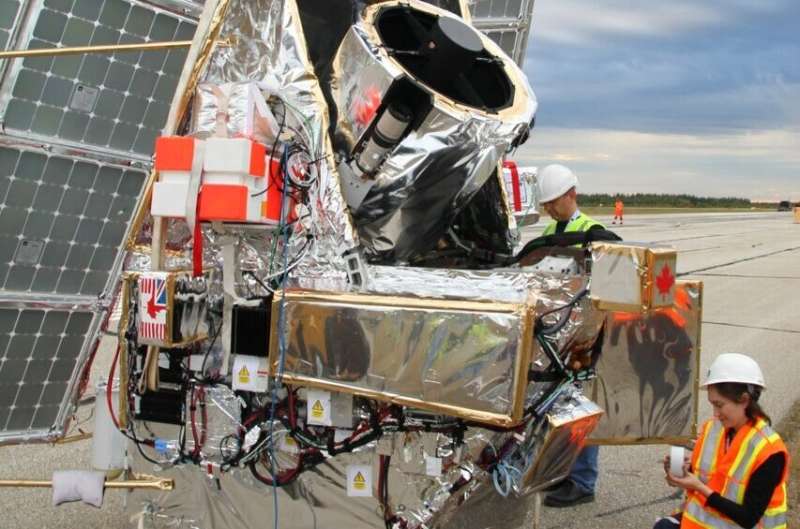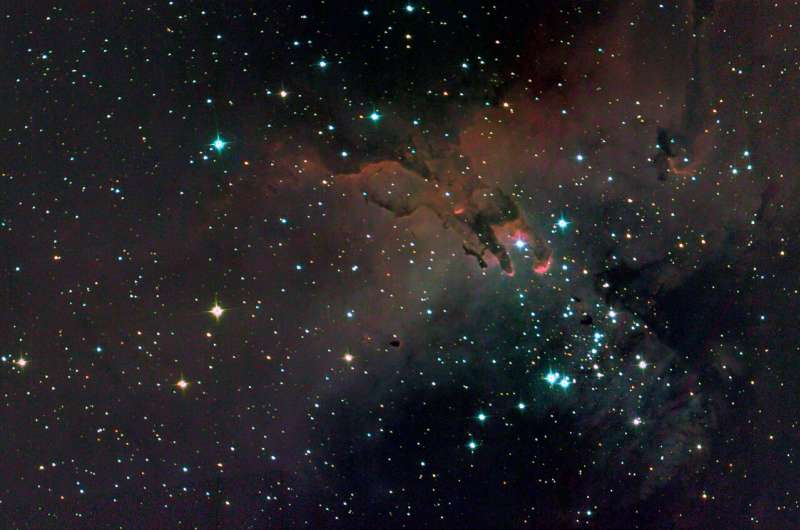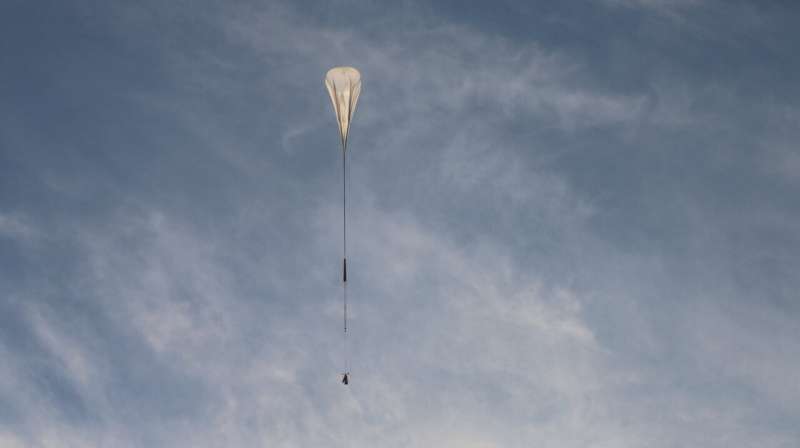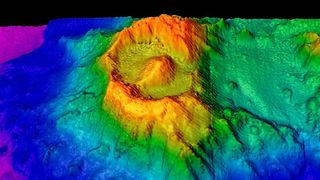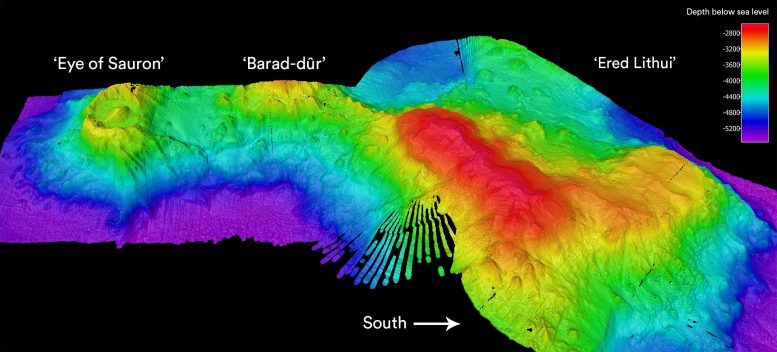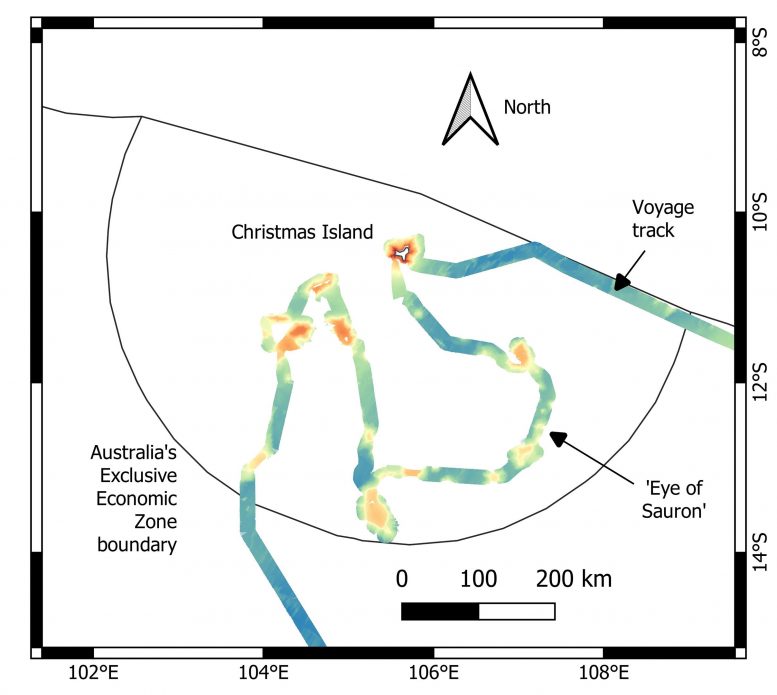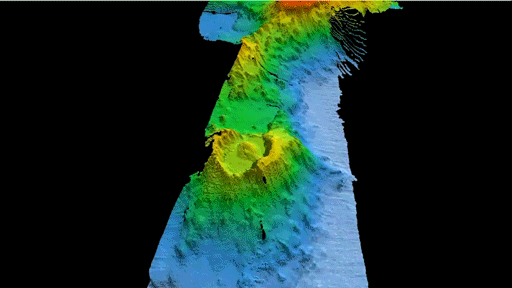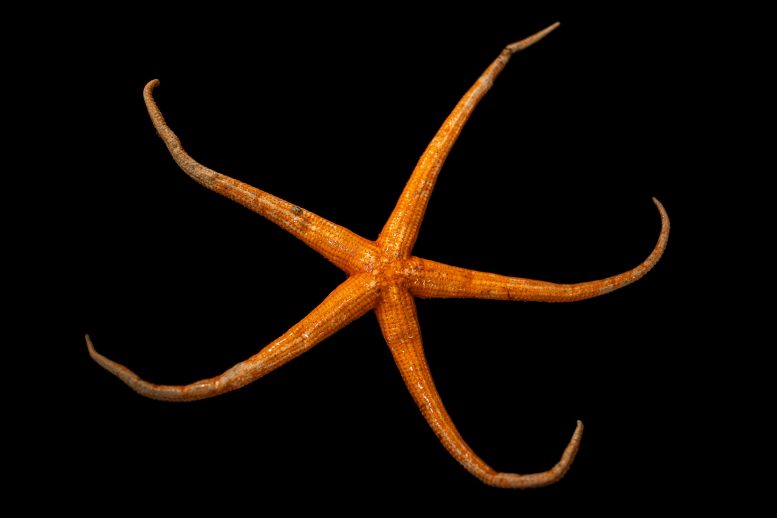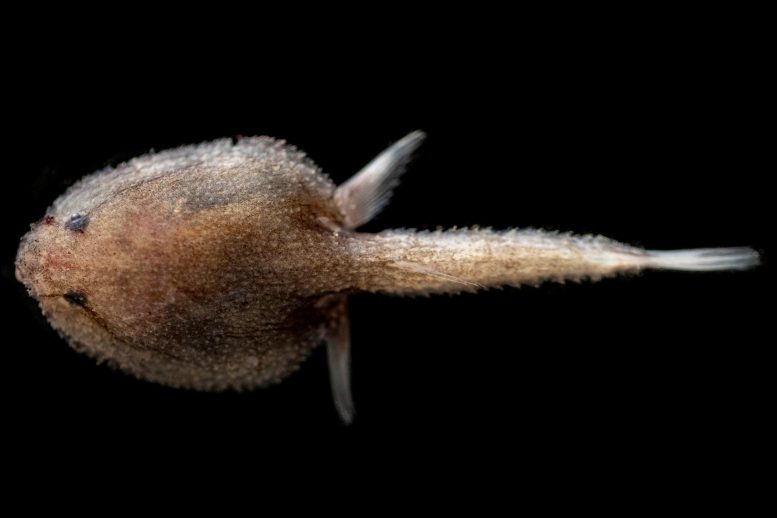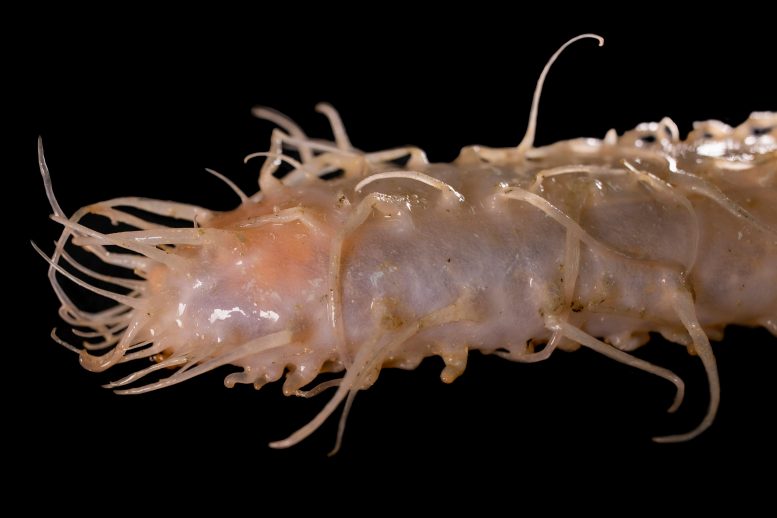The country believes simply reducing our emissions isn't enough -- we'll also need to sequester carbon underground.
July 23, 2021
in Environment, Future, News
Norway is investing 1.7 billion euros into a full-scale carbon capture, transport, and storage project. The project named “Longship” is now under construction, and Norway is inviting other countries to join the project.
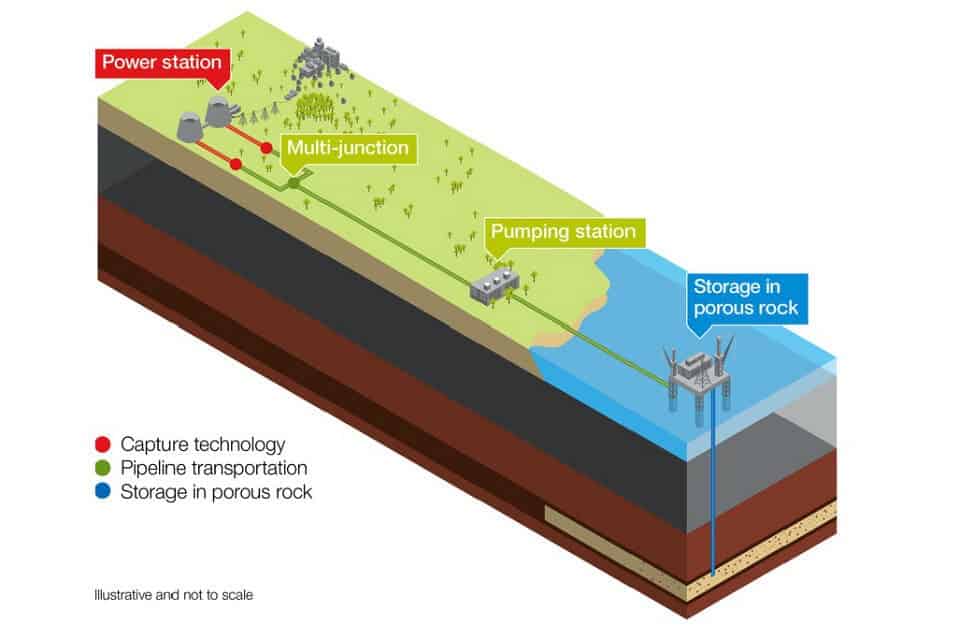
CCS
If we want to ensure a sustainable future without catastrophic climate damage, we need to reduce our greenhouse gas emissions — especially carbon dioxide. That can be done in several ways; one approach is to replace fossil fuel energy with renewable energy; another is to replace diesel cars with electric cars, or bicycles; changing our diets to less carbon-intensive foods can also make a big difference.
But there’s one area in which reducing emission has proven extremely difficult: factories — especially cement factories.
Cement alone represents around 8% of the world’s greenhouse gas emissions and, overall, 20% of global emissions come from heavy industries, which are typically factory-based). If cement facilities were a country, it would be the world’s third-largest emitter behind only China and the US. This is where carbon capture and storage (CCS) would come into play.
“According to the UN Panel on Climate Change, the capture, transport and storage of CO₂ emissions from the combustion of fossil energy and industrial production is crucial in order to reduce the world’s greenhouse gas emissions,” the Norwegian Ministry of Petroleum and Energy writes on the project’s page.
“For some industries, especially cement production and waste incineration, the capture and storage of CO₂ is the only way to significantly reduce greenhouse gas emissions.”
CCS is the process of capturing carbon dioxide and sequestering it underground. It works best when the CO₂ is captured from large point sources like (you’ve guessed it) factories. The technology could also be used to extract existing carbon from the atmosphere, but that technique is far less mature.
The aim is to prevent the release of carbon into the atmosphere and instead, inject it into geological formations where it would stay indefinitely.
The problem is that CCS is still expensive, and the technology is still emerging. Without a firm tax on carbon, the technology is pretty much a money sink. Besides, you also require the right geology to inject the carbon.
But Norway, a country that could become carbon-neutral as early as 2030, has the right suitable geological conditions, and is willing to invest money into a pioneering project, with the approval of the Norwegian Parliament. CCS is “absolutely necessary” if the world is to avoid runaway climate change, a state secretary told Dezeen.
“If we succeed in capturing and storing CO₂, it will be significantly cheaper to achieve the climate goals. Longship contributes in making this more feasible and less costly,” the project’s page writes. The carbon dioxide will be buried under the North Sea, into suitable bedrock. There is enough bedrock at the site to store Norway’s current emissions for a thousand years.
The government is also working with several companies. Northern Lights, the organization tasked with transporting the greenhouse gas and storing it under the sea, is already in discussion with several industrial partners. Reportedly, 60 companies are already interested in the project. The first carbon capture will happen at the Norcem cement factory in Brevik.
From Brevik, the CO₂ will be transported by ship to a new reception terminal in Øygarden in Hordaland. Then, the CO₂ will be sent through pipelines and permanently stored in a geological formation about 2,600 meters below the seabed. Northern Lights (a venture that involves Equinor, Shell, and Total) will realize the transport and storage of CO₂ in Longship. However, it's not clear how much such a service could cost.
This is an encouraging step, but in order for CCS to work, it requires international cooperation -- not just for the storage itself, but also for developing and commercializing new technology. Without CCS, reaching our emissions goals is exceedingly difficult -- but we're still just getting started.
According to the Global CCS Institute, in 2020, CCS operations had a capacity of about 40 million tons of CO2 per year, with another 50 million tons per year in development. In contrast, the world emits about 38 billion tonnes of CO2 every year.
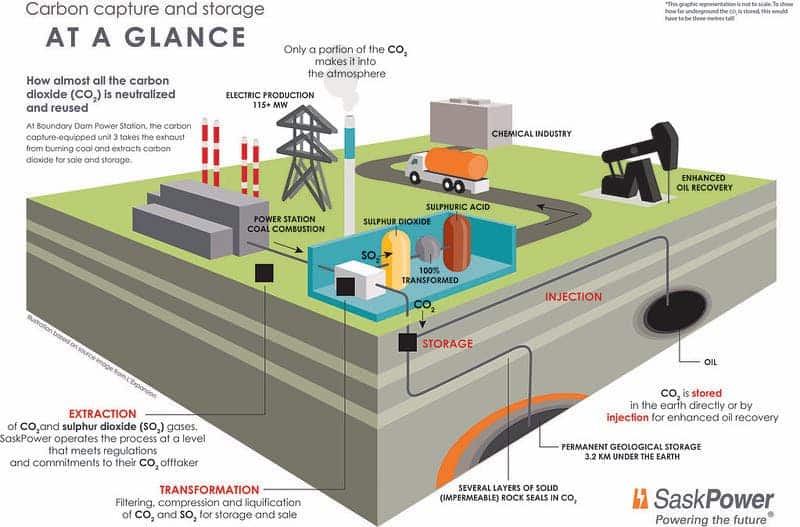
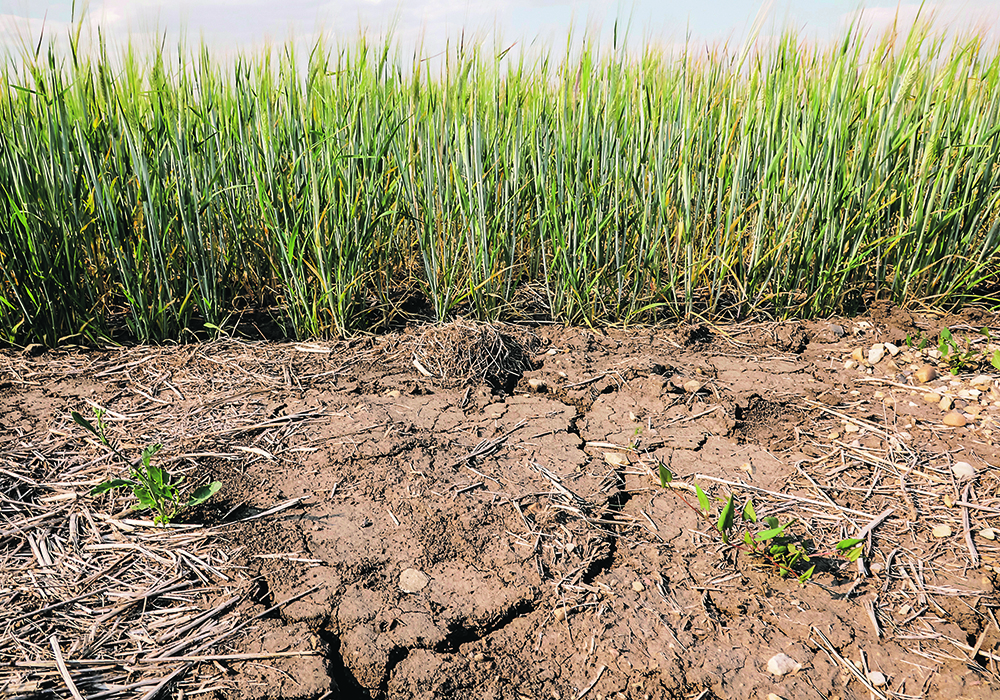
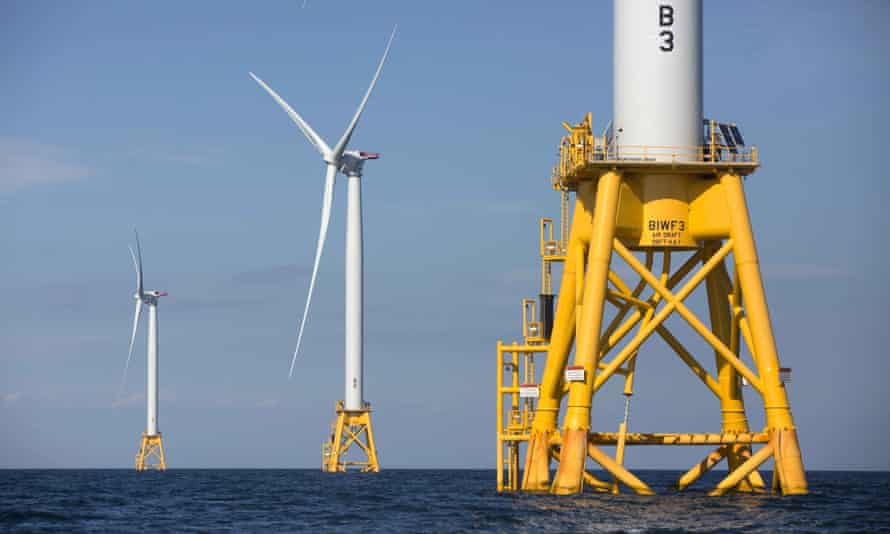
.png)
